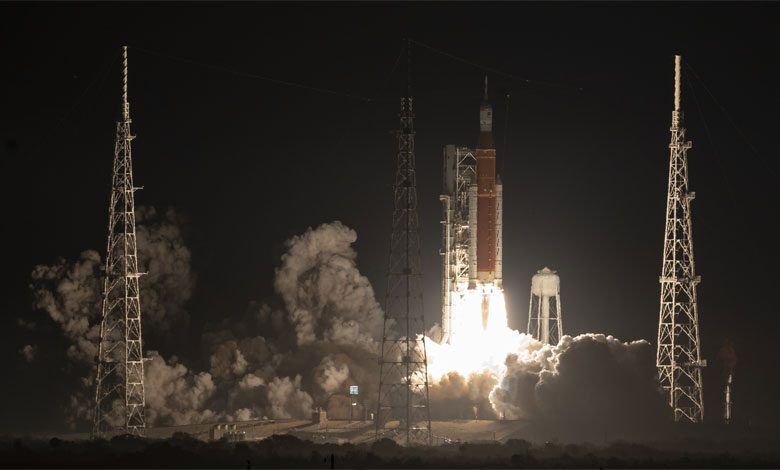
NASA launched Artemis I on its way to the Moon on Wednesday, 16 November at 1:47am ET, overcoming technical challenges and weather issues that caused earlier postponements.
Set to travel for a little over 25 days, Artemis I brings with it a new generation’s worth of space technology. This uncrewed mission’s primary goal is to test the Orion spacecraft to ensure its safety for future crewed launches.
Nearly fifty years since humans last walked on the Moon, Artemis I represents the first in a series of missions that will eventually see the first woman and first person of color set foot on the lunar surface.
In addition, Artemis I’s Orion spacecraft will travel farther than any craft designed to carry humans to date: 280,000 miles from Earth. This will test NASA’s Deep Space Network communications network, crucial not only for future manned missions to the moon, but eventually missions to Mars, too.
Once it approaches the Moon, Orion will fly just 62 miles above the lunar surface, collecting vital data for the forthcoming operations.
Finally, Orion will return to Earth, testing the spacecraft’s re-entry and safe landing systems. This is an important step to ensure manned missions can be carried out later this decade, as currently projected.
The launch of Artemis I marks the beginning of a new space age, echoing the excitement of the Apollo missions a half century ago.
IEEE-USA supports this incredible effort, made possible in part by the hard work of thousands of IEEE members. The Artemis program will impact future manned deep space explorations for decades to come.






